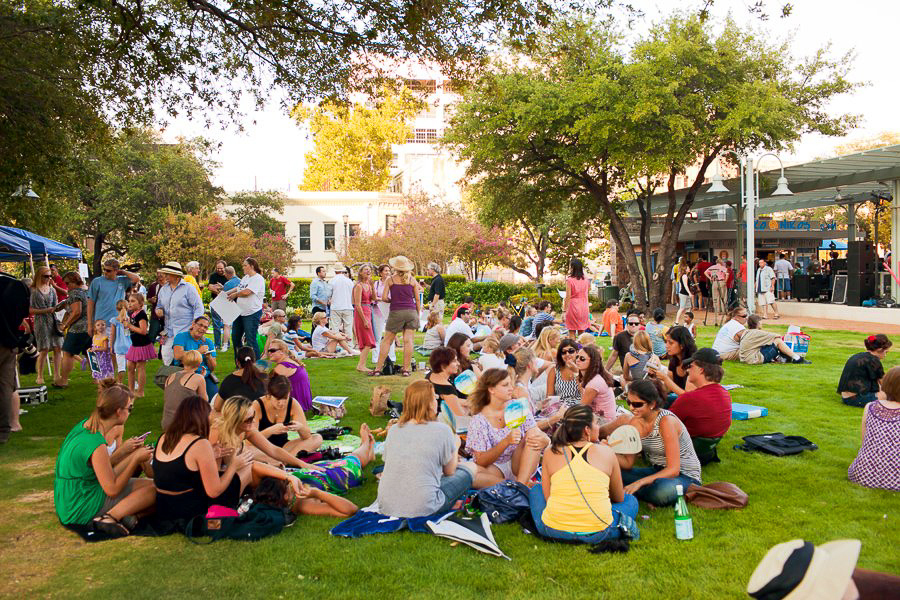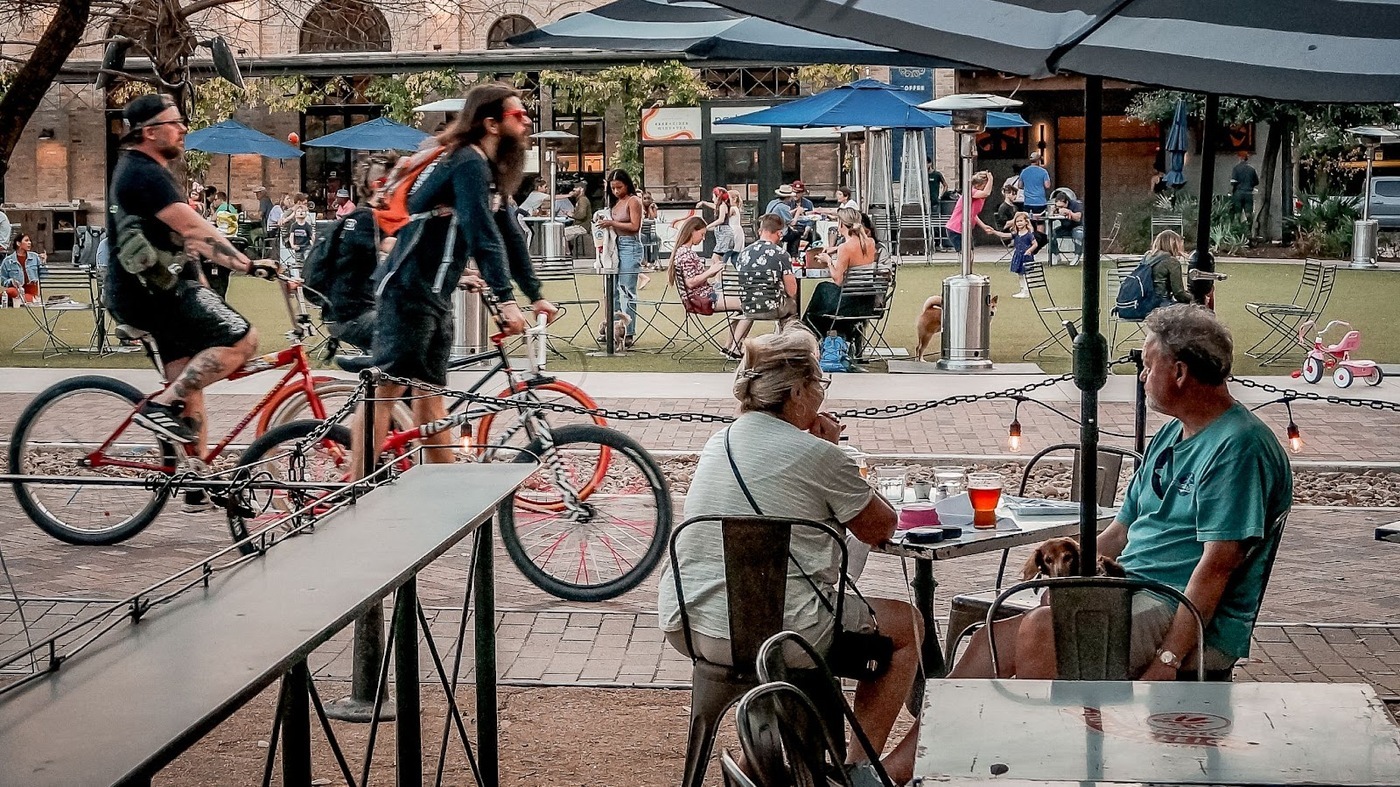
Source: Phil Myrick
Phil Myrick, a multi-awarded expert in placemaking and urban development, has been working on a plan to reduce loneliness by encouraging social interactions in university campuses and other public spaces, such as downtown parks, plazas, and main streets.
Loneliness and other mental health issues rife among college students have been identified as major causes of concern, with a 2022 survey finding that 53% of college student respondents say they are currently concerned with feeling lonely, while 47% report they are concerned with feeling isolated. That survey also found that more than 60% of college students report having felt overwhelmed and anxious, a 50% increase from 2020.
Myrick believes that universities should make it their mission to create vibrant spaces for students, where they can connect and form friendships, which result in better mental health and are beneficial for their growth and development. These spaces also build the campus' culture, fostering a sense of belonging in students.
According to Myrick, this is where placemaking comes in. Placemaking is the process of creating spaces with lasting value, through designs that engage the people occupying them and crafting communal experiences: “Isolation and loneliness are big issues on campuses, especially coming out of COVID. It's often said that college is a great place to make friends, but in reality we have to help students find those friendships, and there are many ways we can use public spaces on campuses to create these places of connection.”
Myrick is working with a large university in Texas on how to harness the spaces on campus and make them more conducive to social interaction. Many of the buildings on the campus were built in a brutalist style, which features a lot of concrete, making it a tough environment in which to be comfortable and sociable.
Says Myrick, “In between the academic buildings, there's often a lot of open space, usually called the quadrangle or the commons. But most universities don't really understand how to make those spaces fulfill their promise to become gathering spaces, where friendships are made, where students can exchange ideas, absorb the lessons of the day, and destress.”

Source: Phil Myrick
One of the ways that Myrick is proposing to improve his current project in Texas is by closing a street through the campus to make it more welcoming to pedestrians. Myrick is also making new gathering spaces, such as an outdoor beach, a visible outdoor stage for regular live events, and a coffee truck and plaza, with intentional programming designed to facilitate friendships. Amenities include swings, hammocks, and bean bag chairs that allow students to relax, as well as various food and beverage options.
Myrick says that most of the principles used in universities are also applicable in other spaces, such as urban mixed-use developments and innovation districts, where “collision spaces” are highly desired, so as to encourage the exchange of ideas. Creating human-centered places is important when attempting to spark innovation and cross-disciplinary learning, and allowing ideas to flow from person to person. It's in these face-to-face settings where serendipitous interactions occur, leading to the formation of new contacts and future opportunities.
Placemaking involves the creation of what he calls “sticky spaces”, which grab people's attention and attract them to gather there. This is in contrast to “slippery spaces”, where people just pass by and find no reason to linger.
“Imagine that the campus' spaces are the computer's hardware, while placemaking is the software. You can have all this hardware, such as concrete plazas and grass lawns, but they'll remain useless and empty if you don't apply the software of placemaking to make them conducive for people to gather in. Humans are hardwired as social creatures, and what we need to do is to add features that attract people, along with additional ingredients such as activities and programs that make it unique to the context in the community,” Myrick concludes.
About Phil Myrick
Phil Myrick, is the former CEO of a nationwide nonprofit, creating and maintaining significant communal public spaces in the US. Now consulting independently, Myrick is a multi-awarded expert in placemaking and urban development. who provides advice to planning, design, and development projects around the world. He has decades of research into how people interact with their urban environments and each other to create vibrant public spaces, destinations, urban districts, and developments.
Media contact
Name: Phil Myrick
Email: [email protected]






